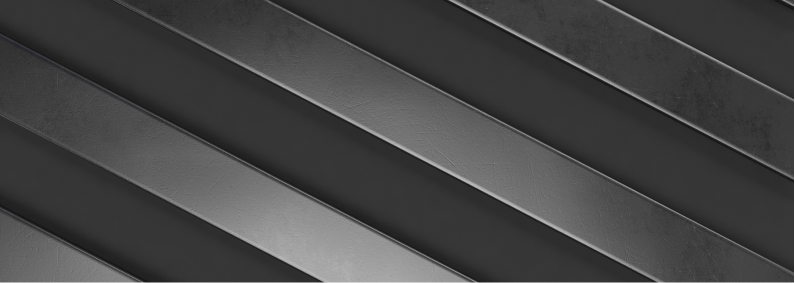Carbon Steel

Carbon steel is a popular and widely used material in a variety of industries due to its durability, strength, and cost-effectiveness. It’s an alloy primarily composed of iron and carbon, with trace amounts of other elements. The carbon content significantly affects its properties, giving carbon steel a broad range of applications, from structural to high-stress environments.
Carbon steel is commonly categorized by its carbon content into low, medium, and high-carbon types, each offering unique properties suited to specific applications.
Types of Carbon Steel
Carbon Steel Sheets and Plates
Carbon steel sheets and plates are widely used in construction, manufacturing, and automotive industries for structural applications. Known for their versatility, they are available in various thicknesses and sizes for customization.
Carbon Steel Pipe Fittings
Carbon steel pipe fittings are essential in piping systems, offering high strength and resistance to corrosion. They are commonly used in industries like oil & gas, plumbing, and chemical processing.
Carbon Steel Flanges
Carbon steel flanges are used to connect pipes, valves, and other components in piping systems. They are designed for high-pressure and temperature applications, providing a secure and leak-proof seal.
Carbon Steel Bars and Rods
Carbon steel bars and rods are used in manufacturing parts that require high strength and durability. They are essential in construction, machinery, and automotive industries due to their resilience and ease of machining.
Key Properties of Carbon Steel
- High Strength and Durability: Carbon steel offers excellent tensile strength, making it ideal for load-bearing and high-stress applications.
- Cost-Effective: Compared to stainless steel and other alloys, carbon steel is more affordable, making it economical for large-scale and structural projects.
- Versatile Machinability: It can be easily shaped, cut, and welded, especially in low and medium-carbon types.
- Good Heat Conductivity: Carbon steel efficiently conducts heat, making it useful in applications where heat transfer is important, such as radiators and heat exchangers.
Applications of Carbon Steel
- Construction and Structural Engineering
- Carbon steel’s high strength and load-bearing capacity make it a staple in building frames, bridges, and other structural applications.
- Automotive and Transportation
- Used in vehicle components like axles, gears, and chassis due to its strength and durability.
- Pipes and Tubing
- Carbon steel pipes and tubes are widely used in oil and gas, chemical processing, and plumbing due to their corrosion resistance and ability to handle high pressure.
- Manufacturing and Tools
- High-carbon steel is commonly used for tools, knives, springs, and cutting equipment due to its hardness and wear resistance.
- Energy and Power Generation
- Carbon steel is used in power plants, boilers, and pressure vessels due to its ability to handle high temperatures and pressures.
Advantages of Carbon Steel
- Affordability: Carbon steel is cost-effective and widely available, making it a preferred choice for many applications.
- High Strength-to-Weight Ratio: Provides robust structural support without excess weight.
- Wide Range of Properties: By adjusting the carbon content and heat treatment, carbon steel can be tailored to meet various application requirements.
Limitations of Carbon Steel
- Corrosion Susceptibility: Carbon steel is prone to rust when exposed to moisture, and it often requires a protective coating or treatment for use in corrosive environments.
- Less Ductile at High Carbon Content: Higher carbon steels are harder but more brittle, making them less suitable for applications needing high ductility.
Protective Coatings for Carbon Steel
To enhance its lifespan and performance, carbon steel is often treated with coatings and finishes:
- Galvanization: Apply a layer of zinc to prevent rusting.
- Epoxy Coating: Adds a protective layer for additional corrosion resistance.
- Painting: Often used in structural applications for additional weatherproofing.
- Powder Coating: A durable coating applied to protect against wear and environmental factors.
FAQs
Low-carbon steel (mild steel) has up to 0.3% carbon and is ductile and easier to weld, making it suitable for structural applications. High-carbon steel contains 0.6–1.0% carbon, is stronger and harder, and is typically used for tools and high-strength applications.
Yes, carbon steel can rust when exposed to moisture. Protective coatings, such as painting or galvanizing, are often applied to enhance its corrosion resistance.
Carbon steel’s high strength, affordability, and versatility make it ideal for construction, providing reliable structural support at a relatively low cost.

Products
Industry We Serve
- Oil & Gas industries
- Chemical process industries
- Pump and valve in high pressure component
- Food industries
- Pulp and paper industry
- Aerospace industry
- Power plant
- Mechanical component
- Sugar industry
- Cement industry
